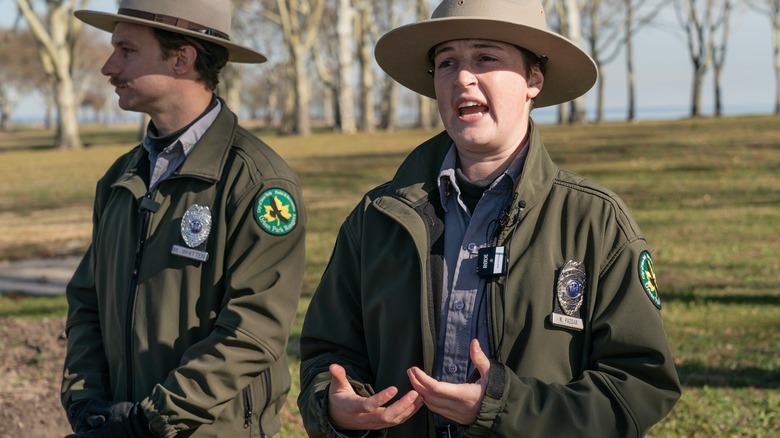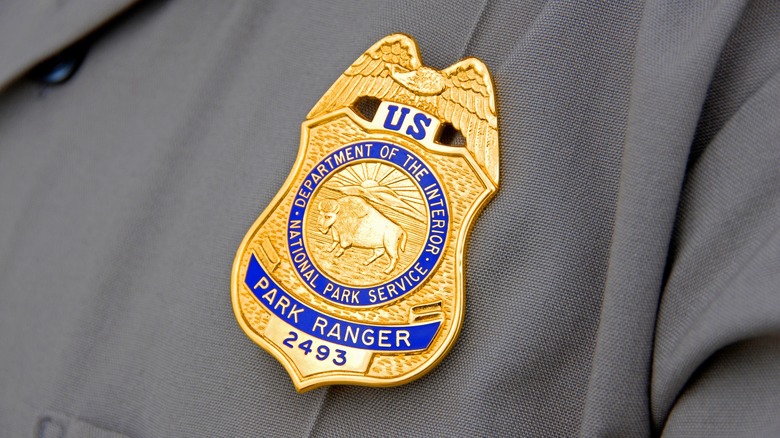The United States is home to over 400 national park sites covering more than 85 million acres across all 50 states. A symbol of America’s natural beauty and cultural heritage, these diverse, protected lands offer visitors opportunities to hike scenic trails, observe the local wildlife, explore historic landmarks, and enjoy outdoor recreation. From exploring the Grand Canyon’s secret spots to spotting alligators in the Everglades, visiting a national park is a great way to get in touch with nature and learn more about the history of the area. And that’s all thanks to the thousands of dedicated rangers who work behind the scenes to protect and preserve these natural and cultural resources — all while helping visitors enjoy them safely.
Put simply, park rangers basically serve as the public face of national and state parks, performing crucial roles in education, safety, and conservation. Ultimately, their work ensures that all parks across the country remain accessible while, at the same time, preserving their unique features and ecosystems.
That said, not all park rangers are created equal. In fact, the role comes in many shapes, sizes, and specialties — each one with a different level of training and responsibilities. So, while some focus on things like visitor education, others are more focused on tasks like law enforcement and resource management. Once you understand the differences between them, it can be a lot easier to navigate and find the right person when you need it most.
Understanding the role of enforcement and protection rangers
On one hand, National Park Rangers serve as the frontline protectors of the country’s most beautiful landscapes. As trained law enforcement officers, their role is to enforce regulations that protect both natural resources and visitor safety. This typically includes things like patrolling park boundaries, responding to emergencies, and making sure that visitors follow park rules. Similarly, State Park Rangers perform more or less the same types of duties at the state level. These types of rangers also tend to blend educational and enforcement roles, which means they can easily go from explaining park history one moment to checking fishing and hunting permits the next.
On the other hand, you’ve got Forest Service Rangers. Their job is to focus on maintaining forest health and protecting these vital ecosystems. Specifically, these types of rangers do things like monitor tree conditions, maintain trails, and work to prevent devastating forest fires. And, although you might not interact with them as frequently as other rangers, their behind-the-scenes work ensures that forests stay healthy and accessible.
Finally, Wildlife Conservation Rangers — also known as Game Wardens — specialize in enforcing wildlife regulations. Employed by state Departments of Natural Resources, these rangers have full law enforcement authority and generally patrol parks via various means, including boat, truck, ATV, and on foot, depending on the environment. Beyond enforcement, these rangers are also excellent resources if you’ve got any questions about local wildlife and hunting or fishing regulations.




